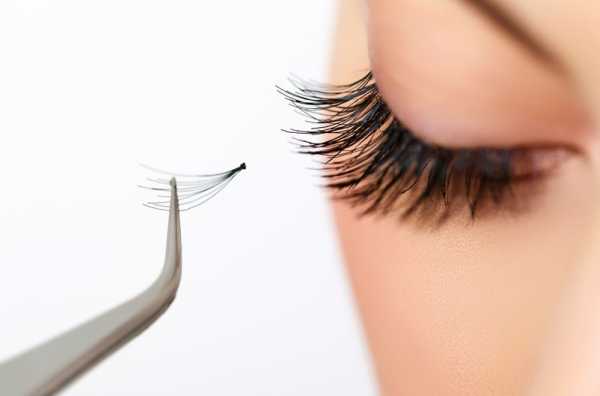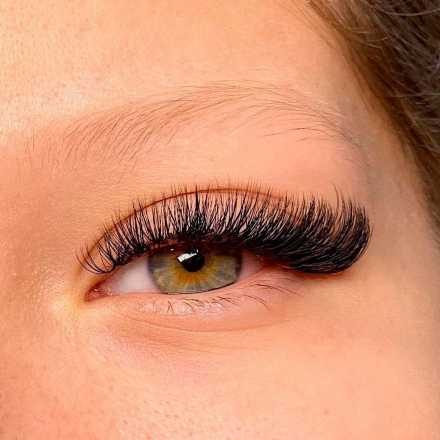
Eyelashes Extensions
We have an ever evolving standards and trends in beauty. And every generation, race, or culture has contributed to that. Whether considering temporary or permanent alterations, possibilities are becoming endless.
The cosmetic industry has significantly grown as demands on beauty trends continually increases. With these innovations, the concern for possible health risks they may carry also increases.
Eyelash extensions are individual or a small cluster of lashes that are attached to the natural lashes. They come in different materials, lengths, thickness, and even curls.
Eyelash extensions are commonly mistaken for false eyelashes, but they are not the same as extensions are not “strips” of lashes fixed over your natural lashes.
Types of Eyelashes Extensions
Synthetic – These are made from acrylic material. Synthetic lashes are the most commonly used. They are durable, the glossiest and hardest but also the heaviest. The weight can damage the lashes if not properly maintained. They are the least natural-looking lashes but they definitely give the most dramatic effect.
Silk – Silk lashes are more soft and flexible compared to Synthetic lashes. They weigh a little less too, which means they are good options to use on fine or weak natural lashes.
Mink – Mink are made from natural fur. They resemble natural lashes the most, but also the most expensive type of material. They are soft and glossy too. They are the most preferred option for people with fine or weak lashes. The main problem encountered with mink furs is that they can easily lose their curls. Curling might be necessary as preferred. Faux-mink is an alternative. Faux minks are more durable and affordable, and they also retain the curls better compared to real mink fur.
Lash extension complications
What can possibly go wrong from a simple cosmetic procedure? Some people reported developing contact dermatitis, which may range from a mild irritation to a facial edema. But there are actually more complications one should be careful of when considering the procedure.
Here is a list of what the American Academy of Ophthalmology (AAO) published on their website:
Keratoconjuntivitis – It is the inflammation of the cornea and conjunctiva. This is usually a result of a reaction from the formaldehyde that is contained in the glue used to attach the eyelash extension.
Allergic blepharitis – Blepharitis is an inflammation of the eyelids. Formaldehyde, lead and benzoic acid found in glue are suggested to cause allergies.
Conjunctival erosion – This can be caused by mechanical irritation from the tapes used to fix the lids during lash extension application.
Subconjunctival hemorrhage – Subconjunctival hemorrhage may be caused by accidental trauma or compression on the eye during extension removal.
Traction Alopecia – This is a type of hair loss that is primarily caused by a pulling force on the hair. In this case, the traction being applied by the extensions may cause the natural lashes to fall off. This is usually temporary but it can be a permanent loss of lashes if the lash follicles are damaged.
Safety Tips:
Check the adhesive agents before use.
Ensure that your aesthetician is certified and using safe practice.
If any irritation or allergic reaction occurs, immediately see an Eye doctor.




